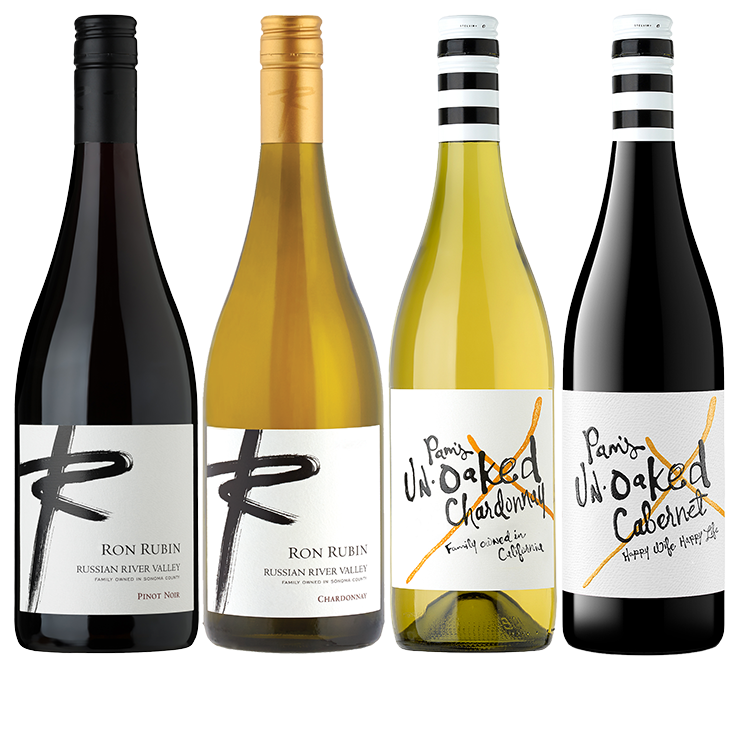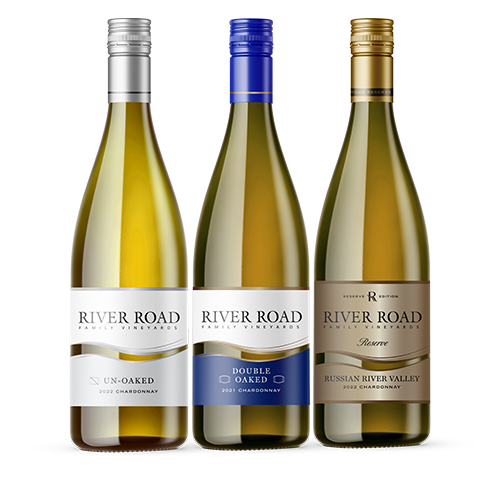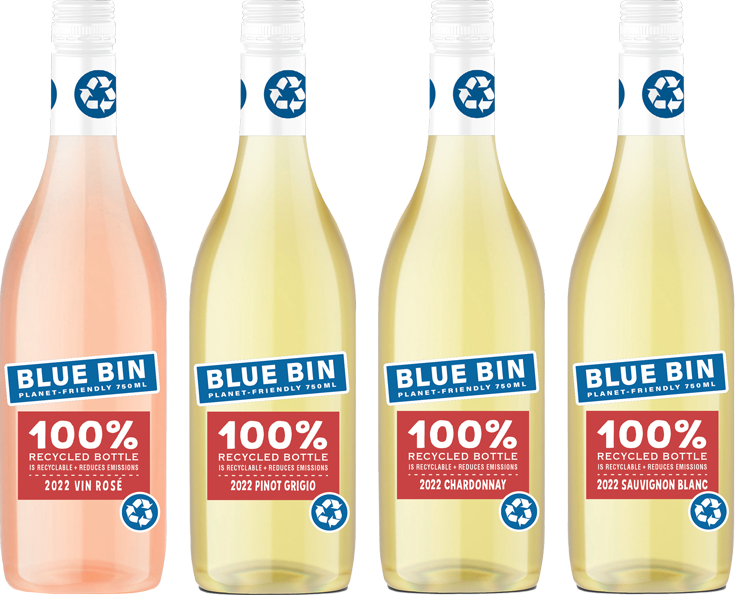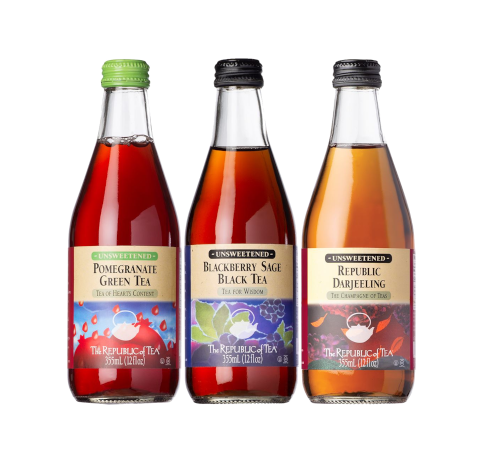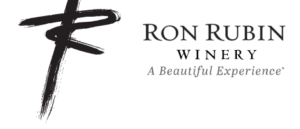VINEYARD UPDATE
This past month has given us fairly ideal conditions for winegrape growing. The visual appearance of the clusters is a sure sign that the vines are happy! Bloom conditions were a bit uneven, see-sawing from very warm to unseasonably cold, over the several weeks of bloom. This gave us some concern, but the flowers appear to have made it through in good shape. A rough estimate of intact berries suggests nearly 90 percent fertilization in our Chardonnay and Pinot Noir.
Rain is not much of a concern this time of year, as we’re locked in a typical summer pattern of cool, foggy nights, with warm temps and bluebird skies in the afternoon. The fog can be pretty thick some mornings, requiring windshield wipers on the drive to work; although, we haven’t had any measurable precipitation since May 25. That was less than a tenth of an inch. The last significant rainfall was in mid-April, as winter finally said goodbye to Sonoma County.
Temperatures this time of the year are quite pleasant, with only a few forays into the 90s, and one afternoon that touched 100 degrees for a short time. Generally, our afternoons peak in the low to mid-80s – perfect in the shade and ideal for our grapevines!
Soil moisture gets a lot of attention this time of year, and is one of the primary points of conversation between our grape growers and me. For optimum wine grape quality, a certain amount of stress is necessary, which turns on ripening processes in the vines. Too much water stress will cause leaf drop. Those leaves will be needed for several more months, because they’re producing many of the key components of ripe grapes.
To gauge stress, we perform several technical tests on our grapevines each week. A handy visual cue is the condition of the shoot tips. See the photos below: one shows a vine with easy access to water (big tendrils reaching out), versus the one that’s a little thirsty (short growing tip).
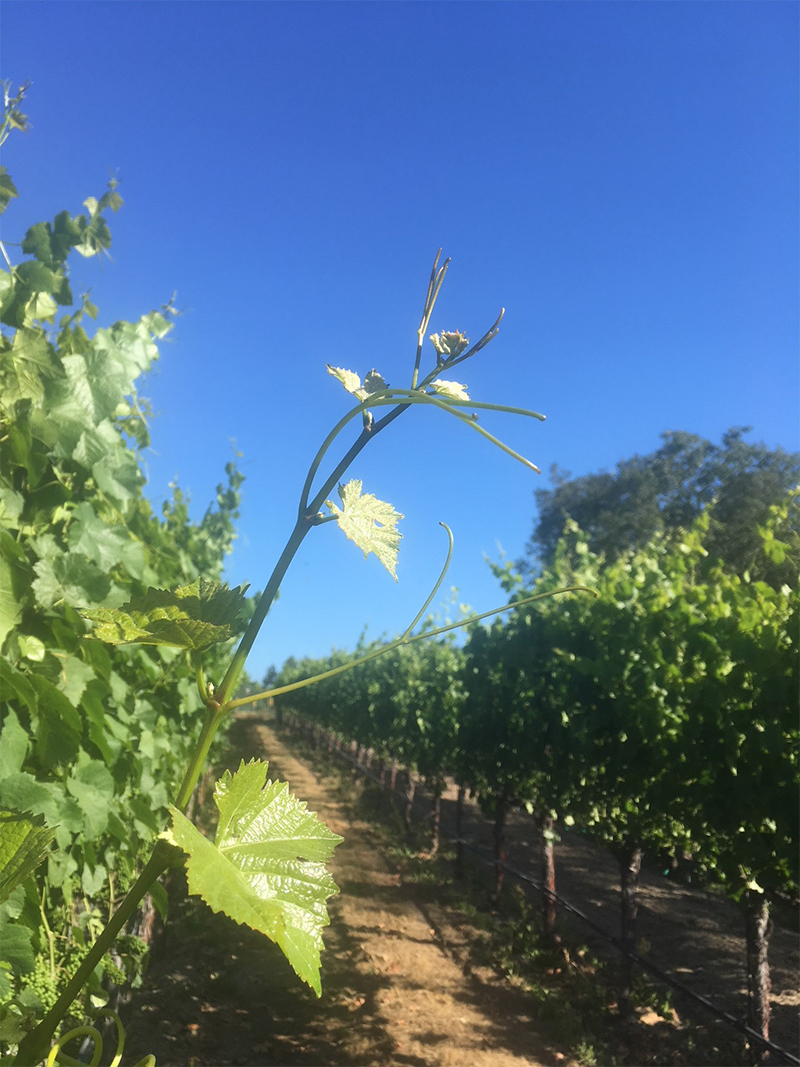
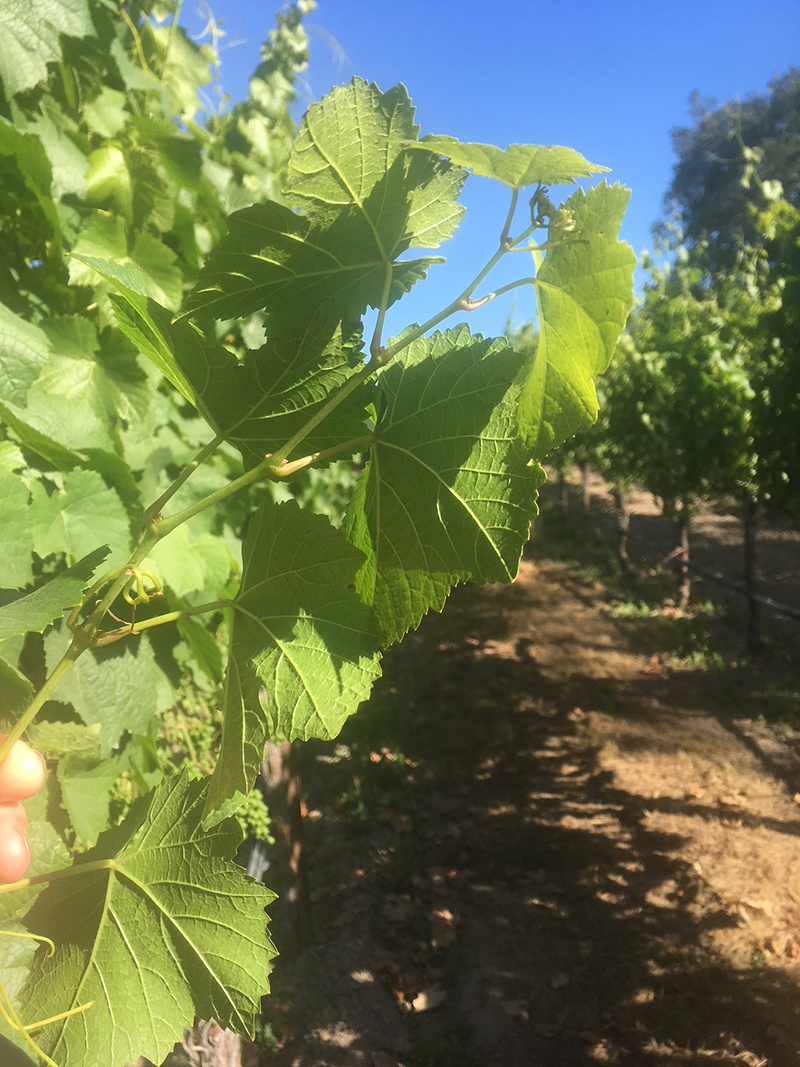
WINE ANALYSIS
As you might realize from reading past columns, I rely a lot on gut instinct, when it comes to making grape growing and winemaking decisions. However, these instincts have now been honed over 21 vintages and backed by analytical data. Data was especially important, in the earliest years of my career. Back then, I was hesitant to make decisions before “looking at the numbers.”
The first job I took in the wine industry was as a lab technician, learning the ropes by analyzing hundreds upon hundreds of wine and juice samples. The lab was well equipped, allowing us to run a full complement of analysis. It was also pretty dated, with protocols and equipment that were cutting edge in the first half of the twentieth century. We called the techniques used “caveman chemistry,” as they relied on titrations, distillations, and chemical reactions using indicators dyes to determine end points and results.
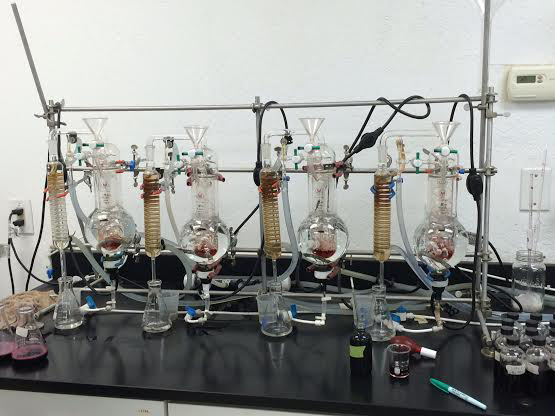
At Ron Rubin Winery, our laboratory has an OenoFoss analyzer, so that running routine analysis on a single sample no longer has to take several hours. Having this kind of modern equipment has resulted in many days saved from sitting in front of our lab bench. It’s a clever tool that uses various wavelengths of infrared light. It scans the wine or juice sample, providing analysis for routinely checking pH, acidity, alcohol content, fermentable sugar and malic acid, volatile acidity, and other parameters.
It does all of this work in a matter of minutes, with the benefit of not using any chemical reagents. It’s a truly cool and effective tool for us, while we record complete knowledge of the wines aging in our cellar. I’m sure the next generation of winemakers will consider it to be “caveman tech.” By today’s standards, though, we’re thrilled with this modern, little machine!
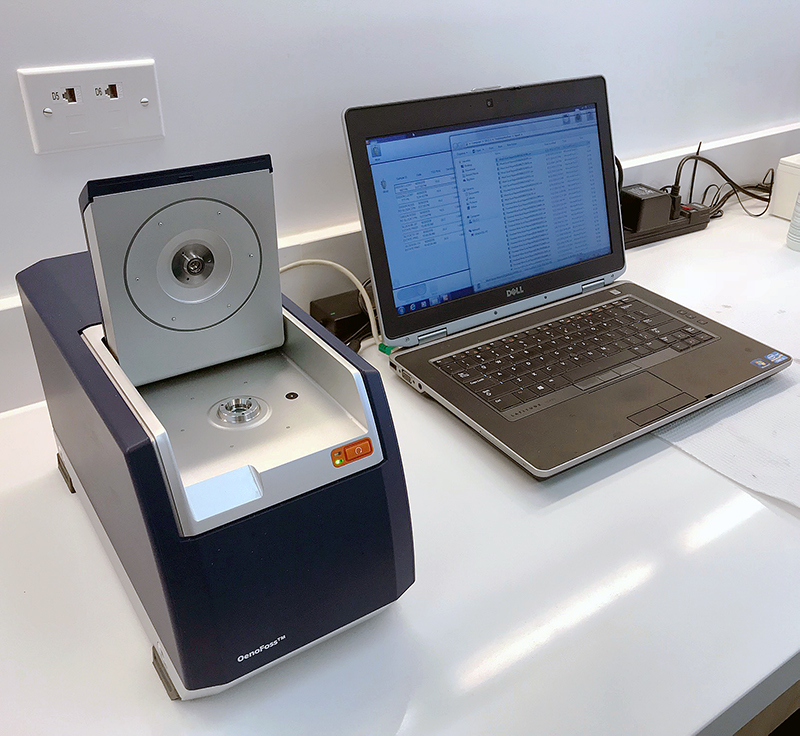
PREPARING FOR HARVEST
One task of particular importance in July is estimation of harvest yields. This will help us plan harvest’s logistics for:
• Tank assignments
• Expected timing of harvest for individual vineyards
• Barrel deliveries
Yields are still fairly difficult to predict until veraison (color change of the berries), as they continue to swell and gain weight. Once we see the color change occurring, we can use predictive models to calculate our likely tonnage from each block. Even then, the weather conditions can create large shifts from expected yields. So far, we’re seeing reasonable cluster counts and good berry growth… all suggesting a healthy, balanced yield. Once we have a good idea of the harvest quantities, associate winemaker Ed Morris and I will order all fermentation materials (yeast and nutrients, primarily). Fermentation is a natural process, but to promote the quality and sensory characteristics desired for each wine, the majority of our fermentations are initiated with “cultured” yeast strains. More on that in next month’s column!
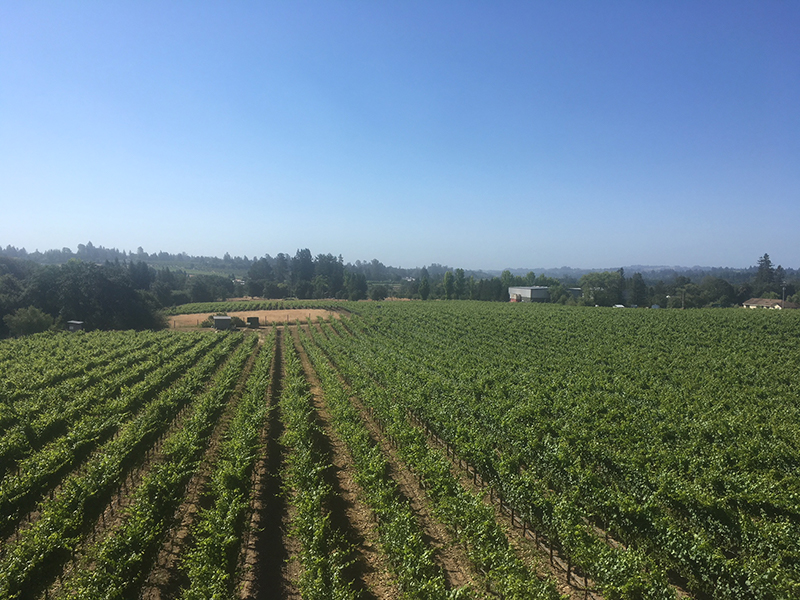
Cheers!

